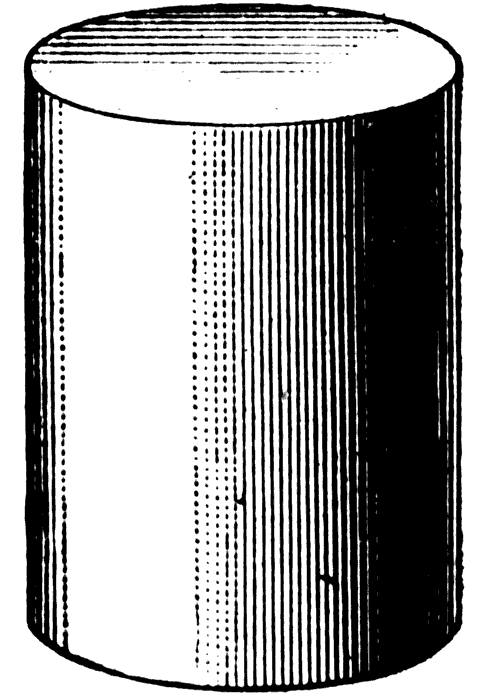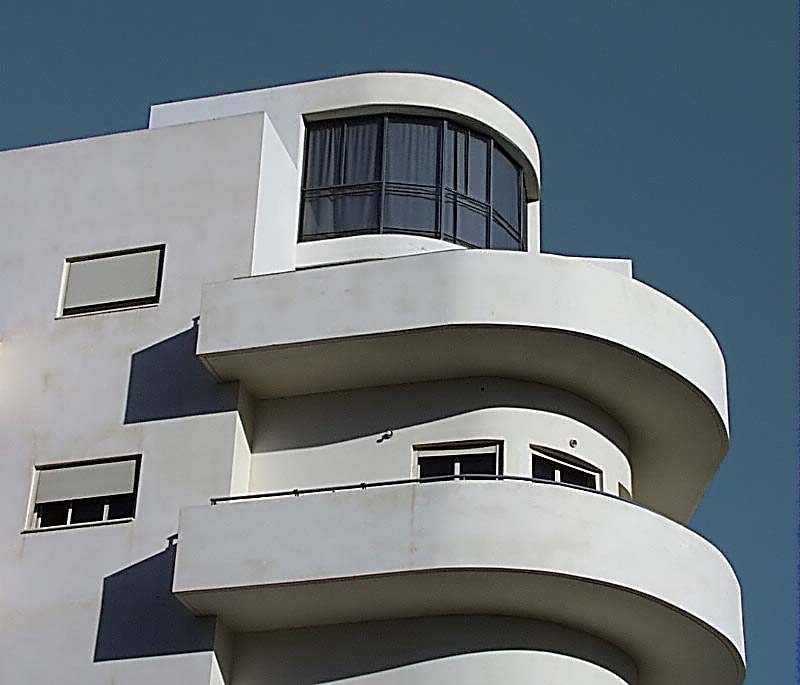|
|
LITR 5431
Literary & Historical Utopias
|
|
Bill Clouse
Spring 2019
The Dystopian Boom and Why the
Utopian Narrative Need Not Worry
As mentioned in my midterm, adolescents
seem more drawn to dystopian or dystopian-framed texts than any other texts
taught in public schools. My own
students are reading 1984 and are
already telling me they like it better than the other works we have read. For
this post, I wanted to explore why.
I have always held that showing a connection between works of literature to the
lives of adolescents is the most effective way to not only spark their interest,
but to also sustain that interest
(which is what is most important).
Students want to know, and will always
ask the same question that all English teachers hear:
What’s the point of reading this?
I then point to a poster I have tacked on my classroom
wall:
Words
may, through the devotion, the skill, the passion, and the luck of writers prove
to be the most powerful thing in the world. They may move men to speak to each
other because some of those words somewhere express not just what the writer is
thinking but what a huge segment of the world is thinking. (Nobelprize.org)
I came across Golding’s Nobel Lecture as an undergraduate
in one of my content-based pedagogical courses. My professor challenged us to
explain the validity of literature to an indifferent audience most likely
apathetic to “the literary.” In other words, a typical high school English
class.
One single, simple sentence clarifies Golding’s point:
words have power. And if one were
willing enough to sludge through the dystopian muck of dystopian fiction for a
title that exemplifies Golding’s idea, then one need not sludge too far.
Ray Bradbury’s literate outlaw (aptly named Fable) insightfully remarks
about the magical power of words—how they reveal what books
say—serving as instruments that
“[stitch] the patches of the universe together in one garment for us to use”
(Bradbury 85). But what is this
“magic” that Fable speaks of? What
do books say to us?
For adolescents, the dystopian novel speaks of their
world, which may explain the sudden boom in dystopian interest, particularly
within Young Adult literature, over the last two decades (Wikipedia).
For Moira Young, the reason for the spike in YA dystopian literature is
simple: a teenager’s interest in dystopian fiction “all comes down to the story”
(2). Aside from the conventional
characteristics, features, and plotlines, all dystopian literature appears to
share a common attribute. Set in
“either chaotic or strictly controlled societies,” these fictional worlds
“mirror a teenager’s life at school, at home, [and] with their peers” (Young 1),
which subsequently fosters a macrocosmic understanding of the world around them.
They read about teenage protagonists unwillingly wrenched from normality into “a
world of darkness and danger,” of questionable friends and foes, of oppressive
authoritative figures; they read about the hero’s journey “towards their own
destiny that will change their world” (Young 2). To a teenager, the line between
dystopian fantasy and pubescent reality is indistinct; in many ways, the
adolescent reader identifies with the dystopian hero.
Joining the surge of young adult
dystopian interest is a surge of interest in the classics.
Alexandra Alter’s 2017 New York
Times article discusses the rise in sales of classics like Margaret Atwood’s
The Handmaid’s Tale, Aldous Huxley’s
Brave New World, Sinclair Lewis’
It Can’t Happen Here, and of course,
George Orwell’s Animal Farm and
1984. Alter posits the growing
interest of these politically and socially driven dystopian narratives as
indicative with what appears to be “a moment of heightened anxiety about the
state of American democracy” occurring after the 2016 Presidential Election (1);
coupled with presidential adviser Kellyanne Conway’s “alternative facts”
comment.[1]
“Orwellian” and “Big Brother”—household names at one time, but of recent years
had been relegated to the lounges of academia and the political zoo—recently
tweeted their glorious return to popular discourse, most notably among a newer
and younger generation (Alter 2, 3).
The sudden cognizant awareness of a nascent political circus caused many
people to fall off the carousel, and as they try to make sense with the “jolting
shift in American politics,” many of them “[turn] to dystopian novels for
guidance and insight” (Alter 3).
Jill Lepore, writer for
The New Yorker, calls this a “golden
age for dystopian fiction” chiefly due to the genre’s “pessimistic [view] about
technology, about the economy, about politics, and about the planet” (5).
By pairing current issues troubling society, such as cultural
superficiality, nuclear threat, equal rights, and a mistrust in corporations,
with multiple dystopian titles spanning five decades like
Player Piano, Fahrenheit 451, The
Handmaid’s Tale, and Feed, Lepore
chronicles how the concerns implicit in those texts (among others) evolved with
the evolving concerns of society, pointing out an ironic twist in the dystopian
function:
Dystopia used to be a fiction of resistance; it’s become
a fiction of submission, the fiction of an untrusting, lonely, and sullen
twenty-first century, the fiction of fake news and infowars, the fiction of
helplessness and hopelessness. (9)
Though the purpose of the dystopian text remained
constant, its function, Lepore argues, transitioned from evoking a
beat-to-quarters call for action, to accepting a “politics-of-ruin” level of
resignation (9). If the function of a dystopian narrative seeks social and
political change, what happens when the narrative
itself submits?
Does the dystopian narrative cease to be a narrative?
And what might this mean for utopian
fiction, if the dystopian narrative has lost its will? Does this signify the end
for the utopian narrative, the coup de grâce that sends it further into the
realm of passé idealism? For if the dystopian narrative loses its drive to seek
change, how can the utopian idea ever exist? However, if society continues to
change, then naturally its “pessimism” changes with it, which keeps the utopian
optimism alive. The paradox that characterizes the utopian genre will sustain
the utopian narrative, for a variety of concerns yield a variety of answers.
When one discovers a problem, another seeks a solution.
The “no place” then remains.
Works Cited
Alter, Alexandra. "Fears for the Future Prompt a Boon for
Dystopian Classics." New York Times, Jan 28, 2017. ProQuest,
https://libproxy.uhcl.edu/login?url=https://search.proquest.com/docview/1862286097?accountid=7108.
Accessed 22 March 2019.
Golding, William. Nobel Lecture. NobelPrize.org. Nobel
Media AB 2019.
https://www.nobelprize.org/prizes/literature/1983/golding/lecture/.
Accessed 1 April 2019.
Lepore, Jill.
“A Golden Age for Dystopian Fiction.”
The New Yorker, 29 May 2017.
The New Yorker,
https://www.newyorker.com/magazine/2017/06/05/a-golden-age-for-dystopian-fiction.
Accessed 23 March 2019.
Wikipedia contributors. "List of Dystopian Literature." Wikipedia,
The Free Encyclopedia. Wikipedia, The Free Encyclopedia, 25 March 2019. Web.
Young, Maria. “Why Is Dystopia So Appealing to Young Adults?” The Guardian. 22 October 2011. The Guardian, https://www.theguardian.com/books/2011/oct/23/dystopian-fiction. Accessed 22 March 2019.
[1]
Interview from NBC’s Meet the
Press, January 2017.




